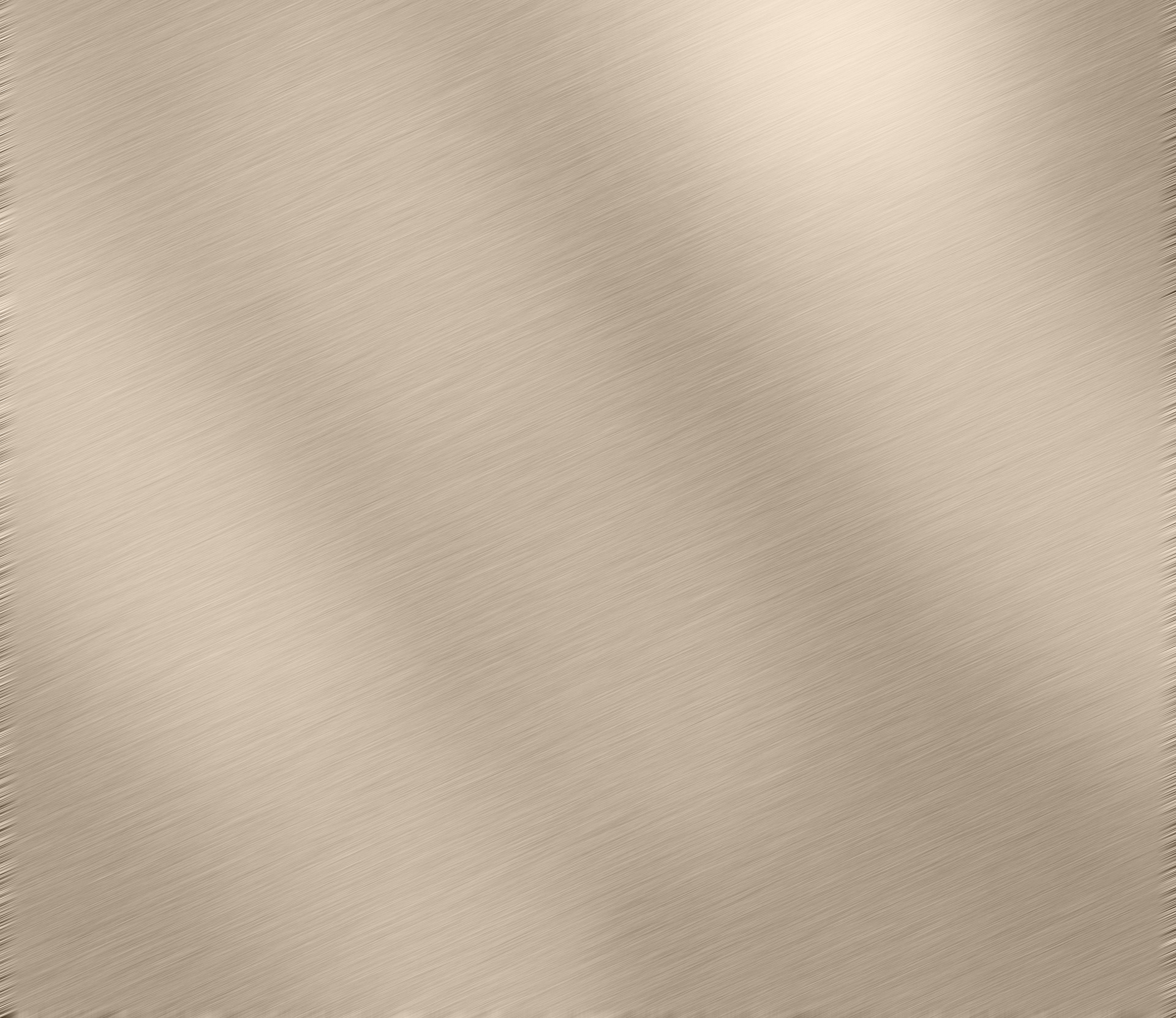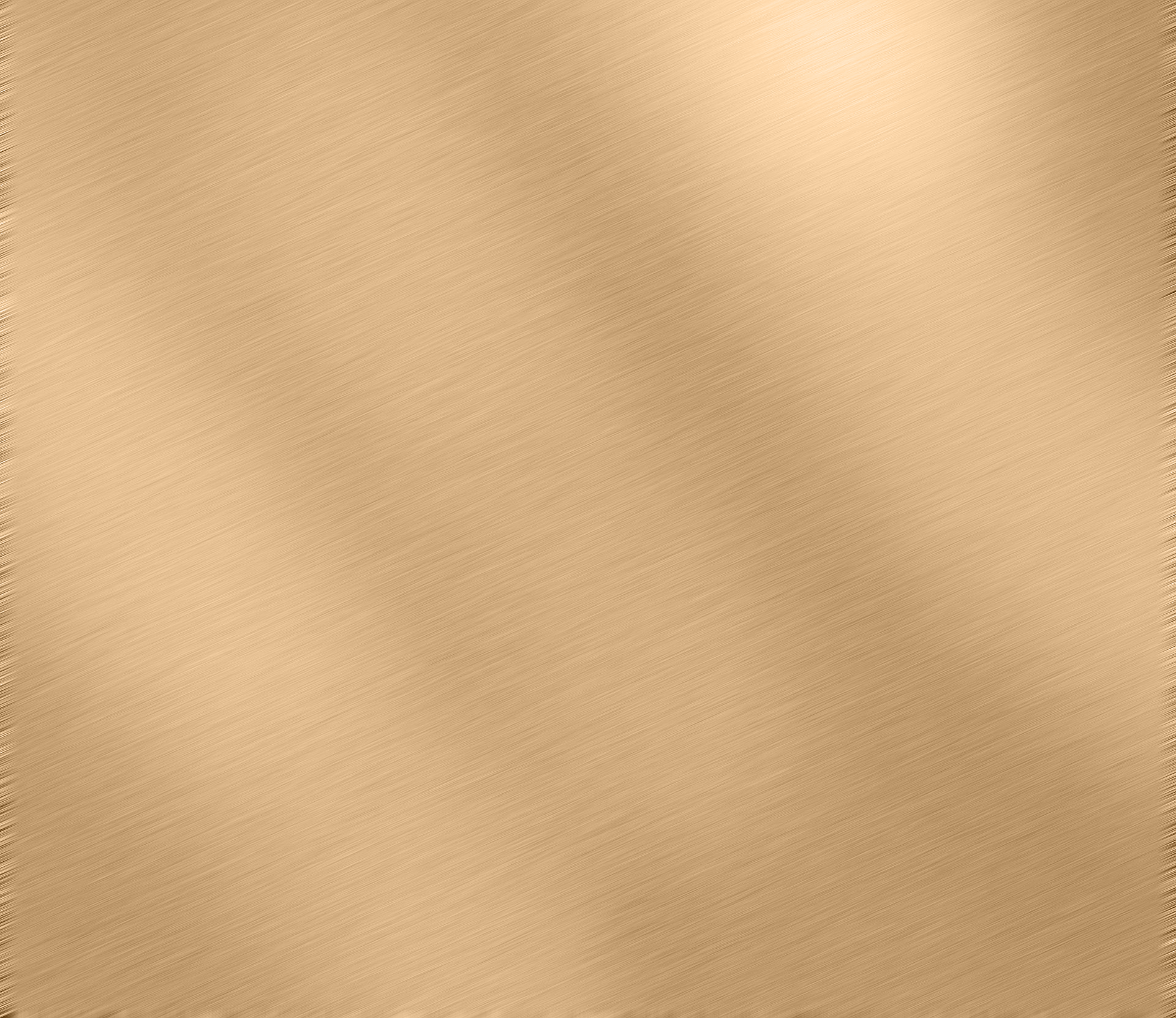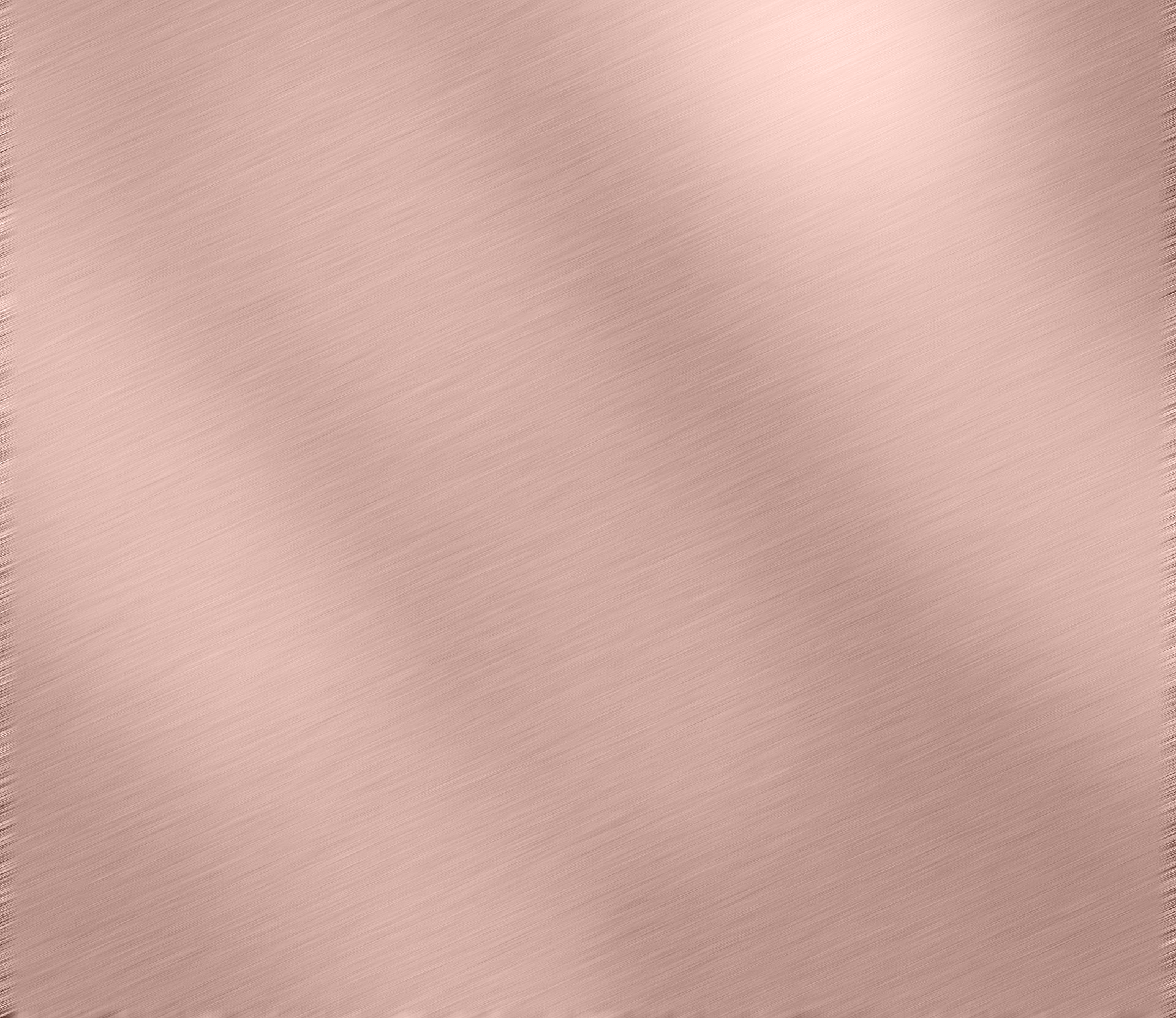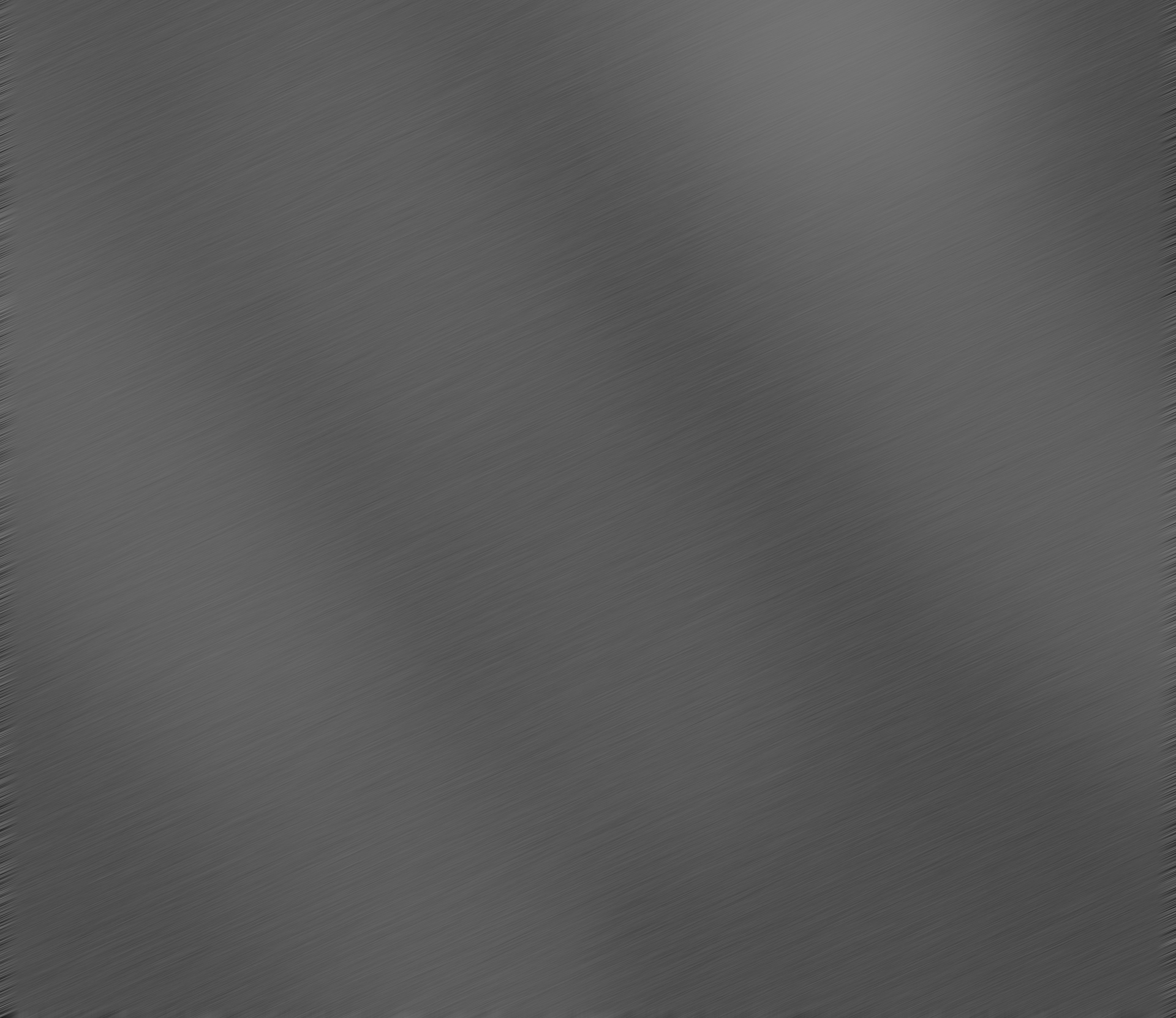
Industries Using PVD Coating
PVD Coating For Medical
PVD (Physical Vapor Deposition) coating technology also has many applications in the medical industry. In medical devices and instruments, PVD coating can increase biocompatibility, increase the resistance of surfaces to microbial growth, improve wear resistance, and provide aesthetic advantages.
Some applications of PVD coating in the medical field are:
-
Orthopedic Implants: In implants used in hip, knee and other joint replacement surgeries, PVD coating can increase wear resistance and extend the life of the implant.
-
Dental Implants and Instruments: PVD coating can increase the wear resistance of dental implants and instruments and provide a more aesthetic appearance.
-
Cardiovascular Stents: On stents used to keep the heart vessels open, the PVD coating can help keep the surface smooth, helping blood flow more easily.
-
Surgical Instruments:Surgical instruments can both gain an aesthetic shine and increase the sharpness and durability of the instrument with PVD coating.
-
Diagnostic Equipment: Some diagnostic device surfaces can be made more durable and easy to clean with PVD coating.
-
Biosensors: PVD coating can increase the sensitivity and durability of biosensor surfaces.
-
Catheters and Needles:The surfaces of these medical instruments can be coated with PVD for lower friction and higher wear resistance.
Most of the materials used in PVD coating are biocompatible. Especially coatings such as titanium nitride (TiN) and zirconium nitride (ZrN) are known for their biocompatibility properties. However, biocompatibility, allergic reactions and other possible biological interactions should be considered when selecting coating materials for medical applications.
PVD coating provides many benefits for medical products:
-
Biocompatibility: PVD coatings, particularly materials such as titanium nitride (TiN), are biocompatible for applications inside the body and generally do not cause allergic reactions or other adverse side effects.
-
Increased Wear Resistance: PVD coating can significantly increase the wear resistance of medical instruments and implants. This is especially critical for applications that are under constant friction, such as removable orthopedic implants.
-
Lower Coefficient of Friction: Some PVD coatings can reduce the surface friction of instruments and implants. This is particularly desirable with catheters or surgical instruments as this provides a less traumatic application and easier maneuverability.
-
Corrosion Resistance: PVD coating can increase the corrosion resistance of medical devices and implants, providing long-term reliability and durability.
-
Aesthetic Advantages:PVD coating can improve the aesthetic appearance of surgical instruments and other medical equipment. This is often advantageous in dental applications or other medical fields where appearance is important.
-
Better Chemical Resistance:PVD coatings provide resistance to some chemicals and disinfectants, preventing damage to the coating during sterilization.
-
Antimicrobial Properties:Some PVD coatings can limit microbial growth on the surface, reducing the risk of infection.
-
Customizability: PVD coating processes allow customizing the properties of the coating for specific medical applications. This ensures that ideal surface properties are achieved for different applications.
-
Enhanced Chemical Binding: The PVD coating bonds perfectly to the surface of medical instruments, ensuring the coating's long-term stability and durability.
PVD Applied Coatings
PVD Coating Applied Industries
PVD Coating Applied Materials

Şampanya

Gold

Rose Gold

Yeşil

Mavi

Antrasit

Siyah

Gökkuşağı
Discover the Colors of PVD Coating
You are looking for a decorative coating, not a functional one. Discover PVD coating colors and coated products.


